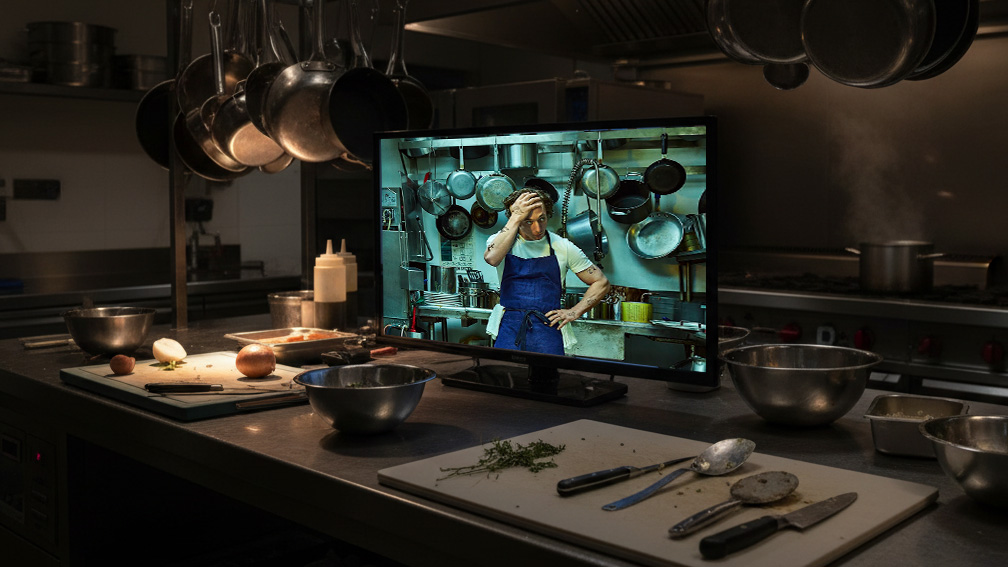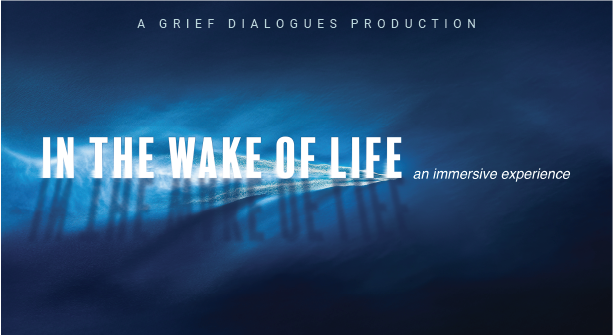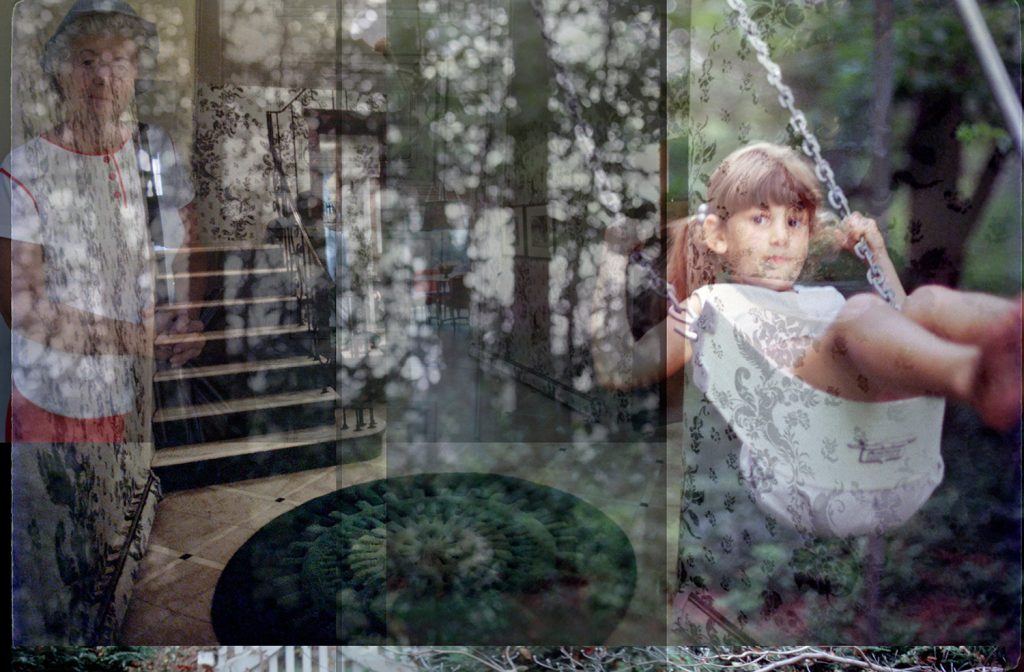There’s no checklist for grief. No spreadsheet for sorrow. When someone you love is gone, their home becomes a monument to their rhythms, their laughter, their unfinished days. And when it’s time to clean that space—sort it, empty it, let it go—it doesn’t feel like tidying. It feels like betrayal. It’s not just stuff. It’s evidence that they lived. The trick isn’t learning how to do it quickly. The trick is learning how to do it kindly.
Begin With a Single Drawer
Grief doesn’t move in straight lines, and neither should you. Don’t start by mapping the whole house. That’s the quickest way to freeze. Instead, pick one drawer—just one—and let your body respond. Open it slowly. Breathe. Then touch each item and let the memory land. If your hands shake, stop. This is the work. Sorting doesn’t begin with boxes. It begins with bravery. If you begin with a single drawer, you anchor yourself in something small enough to finish and tender enough to survive.
Managing Papers
You’ll find documents you can’t throw away: letters, photos, notes, receipts from long-forgotten vacations. But keeping them all physically may not be possible, or necessary. This is where technology helps. You can use a free scanner app to digitize what matters. Snap it. Save it. Store it somewhere safe. Later, when the waves of grief soften, you can revisit these fragments of life without the mess. It’s preservation with a heartbeat, not a filing cabinet.
Focus on Meaningful Categories
You can’t sort your way out of grief, but you can organize your overwhelm. Avoid the instinct to create “keep,” “donate,” and “trash” piles right away. That flattens emotion into action too fast. Instead, focus on meaningful categories. Maybe that means “things Dad always carried,” or “items that smell like Grandma,” or “stuff I’m not ready to face yet.” Emotional logic beats efficiency here. It makes the process less brutal. You’re not managing clutter. You’re listening to what mattered.
Grief Cleaning Separates Memories From Things
This part sneaks up on you: the idea that letting go of an item means letting go of the person. It doesn’t. But your nervous system might need to be reminded of that. Grief cleaning separates memories from things without severing the connection. You can bless an object with gratitude and still not keep it. You can cry over a sweater and still toss it. The ritual is the release, not the retention. That’s how we honor what someone meant without turning our homes into storage vaults for pain.
Memory Keepsakes Anchor Our Grief
Not everything has to go. In fact, some things must stay. The letter they wrote in 1998. The recipe card stained with sauce. The book with their notes in the margins. Keepsakes don’t just comfort, they stabilize. They become physical reminders that what we loved doesn’t disappear. Keepsakes help anchor our grief, especially when they’re placed somewhere visible: a mantle, a drawer you open often, a photo you frame without apology. It’s not about clinging. It’s about remembering without drowning.
Transitional Objects Soothe Grief
Some objects do more than remind, they transform. A quilt made from favorite shirts. Jewelry with ashes inside. A voice recording stored on your phone. These are not souvenirs. They’re bridges. They connect the life you shared to the life you’re shaping next. Transitional objects soothe grief by letting you carry someone without carrying everything. Let yourself be comforted. Let the thing do its job. Sometimes one object can do more than a room full of untouched boxes.
People will tell you to “move on.” Ignore them. This isn’t about closing a chapter. This is about learning to walk with absence. Cleaning out a home doesn’t mean forgetting. It means deciding what to carry forward, what to release, and how to breathe inside the ache. The empty house doesn’t erase the full life. It just waits—for new voices, new meals, new rituals. Yours, if you’re ready. The love remains. It just lives somewhere else now.
Explore the transformative power of art and storytelling in navigating grief at Grief Dialogues, where personal stories and creative expressions honor love and loss.






